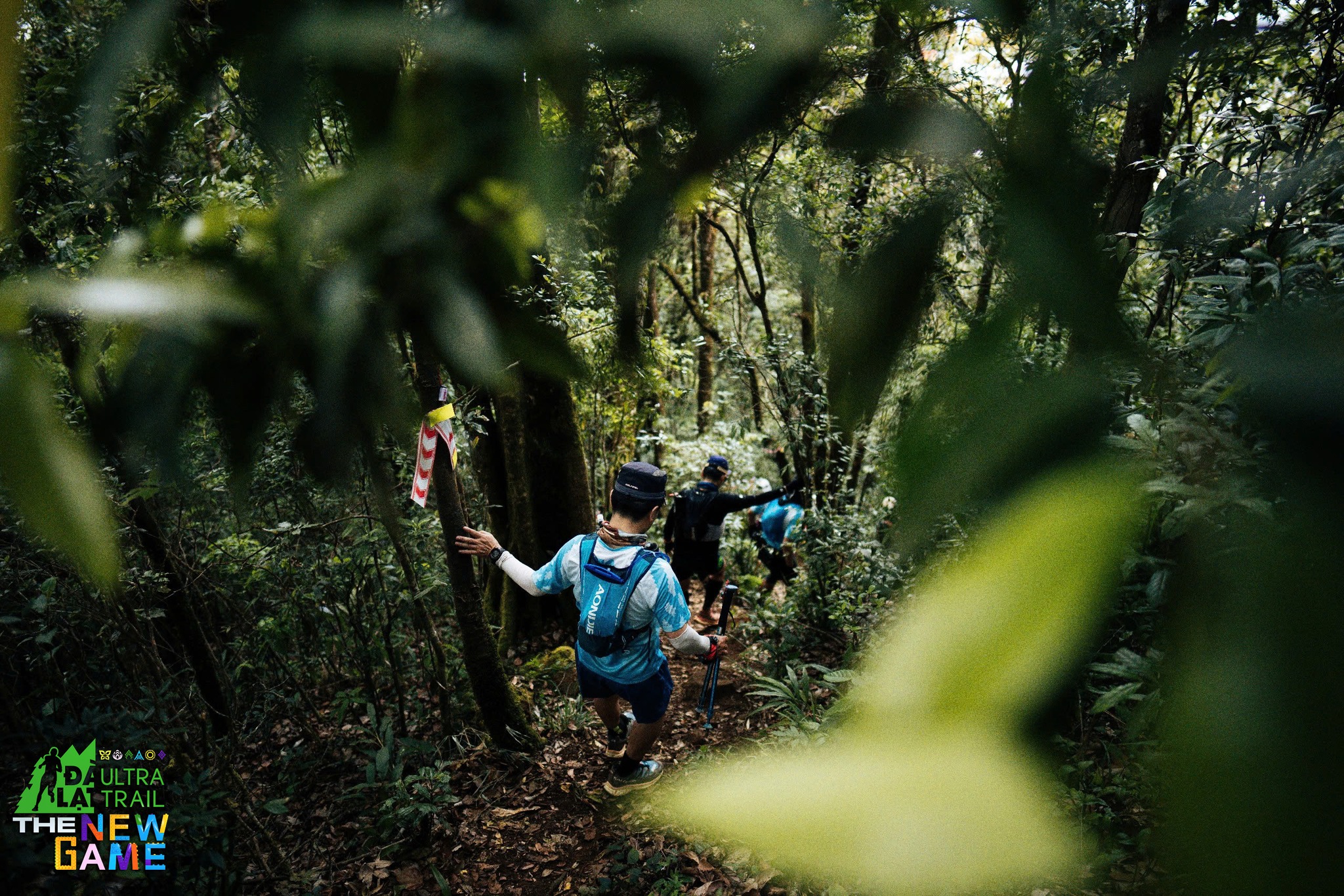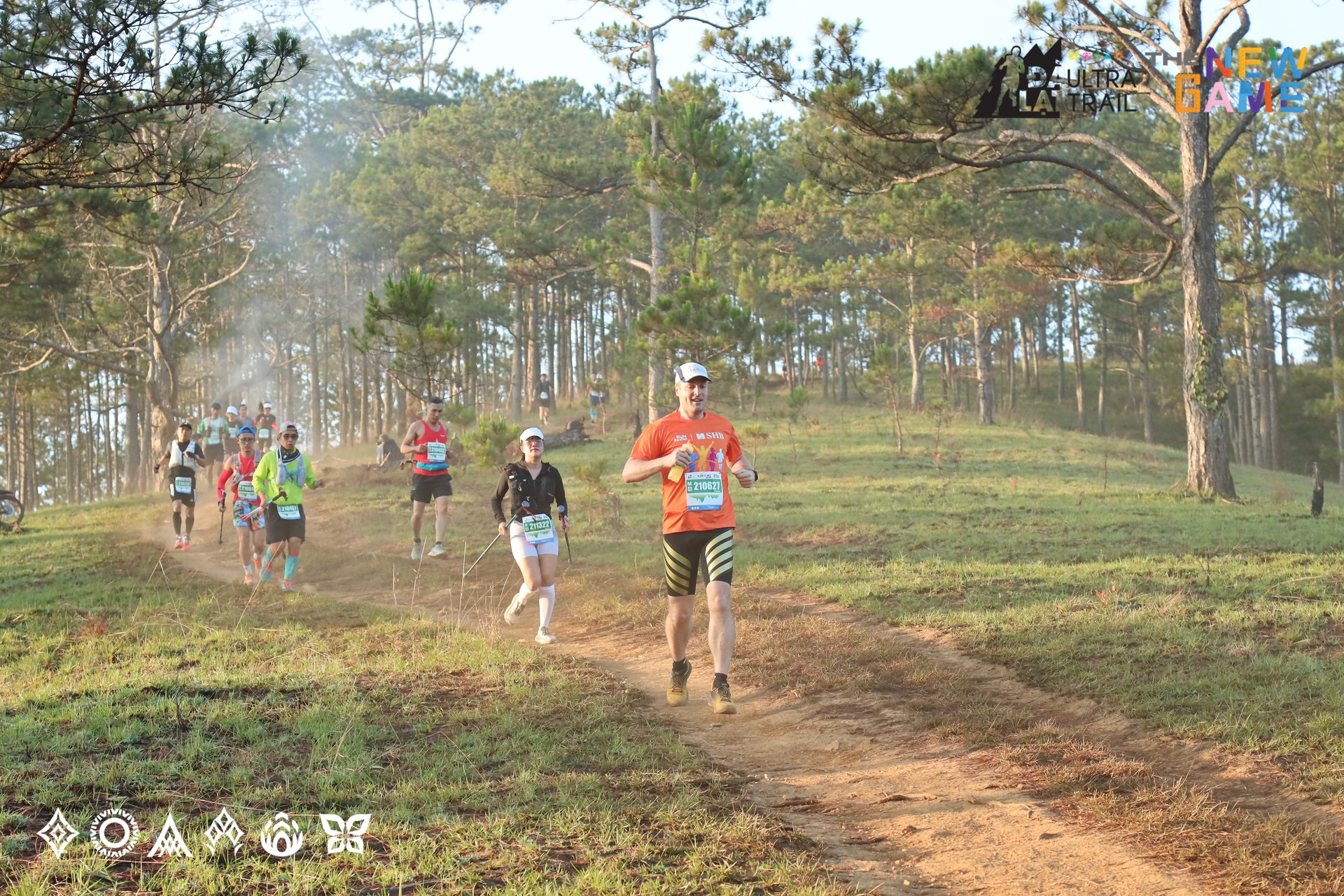
11/03/2025
CORE STRENGTH TRAINING FOR TRAIL RUNNERS
12 core exercises shared by sports coach Pete Clark and Running For The Hills for trail runners to help boost speed, improve balance, and reduce injury.
Building a strong and stable core is one of the best ways to improve performance in trail running. While most runners know that strength training helps with speed, the benefits of core training are often overlooked. In fact, when done properly, a strong core can help you break your personal records.
What is the core?
The core refers to all the muscles around your abdomen, hips, and lower back, including the glutes and abdominal muscles. These muscles are responsible for stabilizing posture and supporting smooth movement of the spine.
For trail runners, a strong core means better balance, reduced risk of injury, and more efficient running, especially when facing steep climbs or technical terrain. That’s why core training for trail runners is essential if you want to build endurance and boost race performance.
Core workouts also activate key muscles such as the glutes, quads, hamstrings, and hip flexors, while enhancing proprioception (your body’s awareness of movement and position). This combination is vital for staying on your feet over unpredictable terrain. If you’re aiming for ultra trail races like Dalat Ultra Trail or City Trail, a strong core also helps you carry hydration packs and gear more comfortably.

Core training helps trail runners boost speed, improve balance, and reduce injuries.
How to start core training
In trail running, core workouts usually focus on three areas: strength, stability, and mobility. Runners should combine different exercises to develop all three.
Aim for at least two core-focused sessions per week, or one dedicated workout plus additional core drills within other training sessions. Beginners can start with just one 20–30 minute session weekly, or add a short core routine after an easy 5K trail run, finishing with static stretches (10–15 seconds per stretch).
Always warm up before training: stand tall, take a deep breath to expand your chest, then exhale while bracing your abs. Keep breathing evenly as you engage your core. This activation is key before any workout.
12 Core Exercises for Trail Runners
- For exercises 1–6: Hold each position for 15–30 seconds.
- For exercises 7–12: Perform 10–20 repetitions.
1. Plank Variations
- Low Plank: Rest on forearms and toes, lift hips, and keep your body aligned from heels to shoulders. Brace your abs and glutes.
- High Plank: Same as Low Plank but with straight arms, hands under shoulders.
- Side Plank: Lie on your side, support with one forearm, stack feet, lift hips, and keep your body in a straight line.

Low plank

Side plank
2. Sit-n-Lean & Sprinter Sit-n-Lean
- Sit-n-Lean: Sit with knees bent, lean back with a straight spine, lift feet, forming a “V” shape.
- Sprinter Sit-n-Lean: From Sit-n-Lean, bend one arm and opposite leg as if sprinting. Alternate sides in a running motion.

Sit-n-Lean

Sit-n-Lean Sprinter
3. Bridge & Single-Leg Bridge
Bridge: Lie on your back, knees bent, feet near glutes. Lift hips, engage glutes, keep body aligned shoulders–hips–knees.
Single-Leg Bridge: From Bridge, lift one leg straight in line with the other thigh, keeping hips level.

Bridge

Single-leg bridge
4. Sky-Dive
Lie face down, arms and legs spread wide. Raise chest, arms, and legs off the floor simultaneously, holding like a skydiver.

Sky-Dive
5. Bird Dog
On all fours, extend one arm forward and the opposite leg back, keeping them aligned with your torso. Hold, then switch sides.

Bird Dog
6. Horizontal Balance (Warrior 3)
Stand on one leg, arms outstretched. Hinge forward at the hips while lifting the other leg back until your body is horizontal. Hold, then switch sides.

Horizontal Balance
7. Knee Drive & Knee Drive with Arm Action
Knee Drive: Start in sprint stance, drive your rear knee up high while swinging arms. Hold briefly, then lower.
Knee Drive with Arm Action: Hold the raised knee position while pumping your arms as if sprinting. Engage your core to stay balanced.

Knee drive with arm action
8. Mountain Climbers
From a high plank, drive one knee toward your chest, then quickly switch legs in a running motion.

Mountain climbers
9. Hip Rotations (Windscreen Wipers)
Lie on your back with arms out to the sides. Raise legs at a 90° angle, then lower them side to side in a windshield wiper motion.

Hip Rotations

Hip Rotations
10. Leg Raises
Lie flat with arms at sides. Lift both legs straight up to 90° at the hips, then lower them close to the floor without touching. Repeat.

Leg raises
11. Windmill
Stand with feet wider than shoulder-width. One arm reaches up, the other slides down the leg. Hinge at the hip and lean sideways, keeping top arm pointing upward. Return and repeat on the other side.

Windmill
12. Dying Bug
Lie on your back with arms pointing upward and knees bent at 90°. Lower one arm and the opposite leg toward the floor, then return. Alternate sides.

Dying Bug

Dying Bug
This article is based on the sharing and experience of Pete Clark, a core specialist and running coach who is also an experienced trail runner. Don't forget to train your core strength regularly to enhance your trail running performance!
(Source: Running For The Hills)


